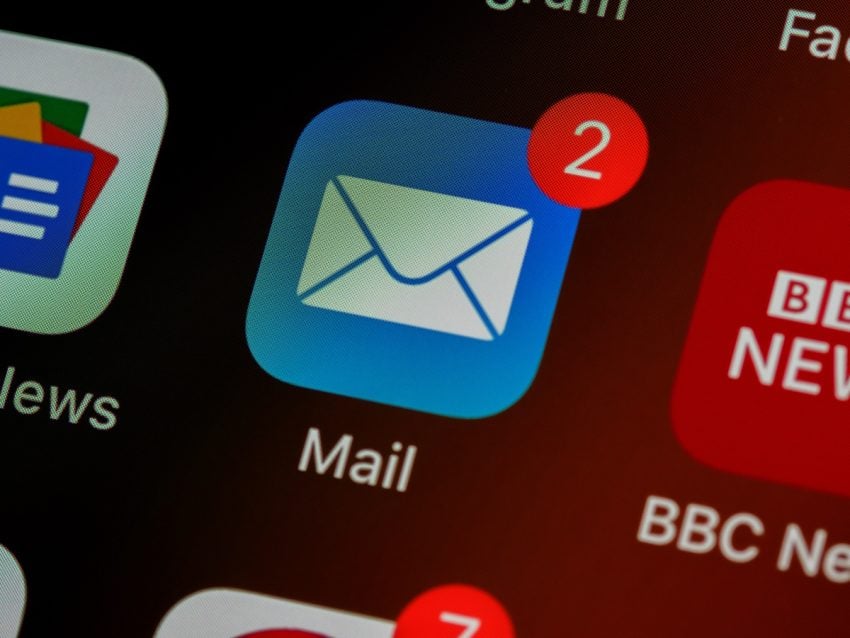Phishing is a constant battle and problem on today’s Internet. While it is easy to spot most phishing attacks, if you are experienced, many Internet users fall for these attacks.
The use of AI in attacks helps attackers, even though AI is also used by the developers of security solutions. It is an arms race that has been going on for a long time.
I stumbled upon a new phishing post on LinkedIN recently. It showed a phishing email that looked like it came from noreply@microsoft.com. Upon closer inspection, it came from noreply@rnicrosoft.com.
You may spot the difference easily, but depending on the mail client that you are using, it may not be as easy to figure out that the phishing email does not come from the microsoft.com domain, as the m has been replaced by the two letters r and n.
It is simple, but very effective, especially in an age where everyone seems to be in a hurry.
This goes to show that threat actors do not always have to come up with new sophisticated schemes for their attacks. Sometimes, it is enough to register lookalike-domains by replacing just one or two characters in a domain name.
This goes hand in hand with registering domain names that look like the real deal, but are not, like microsoft-support.com.
What is the best line of defense in those cases? Never, ever, click on links in emails. Also, do not call, text, or interact with anything else in emails. Instead, verify, if you are unsure.
For instance, if you do get a password reset email, but did not request a password reset, it is very likely that this is fake. You could visit the website directly and sign-in to your account to find out, or contact support, if there is any.
Have another tip regarding the threat of phishing? Feel free to leave a comment down below.
